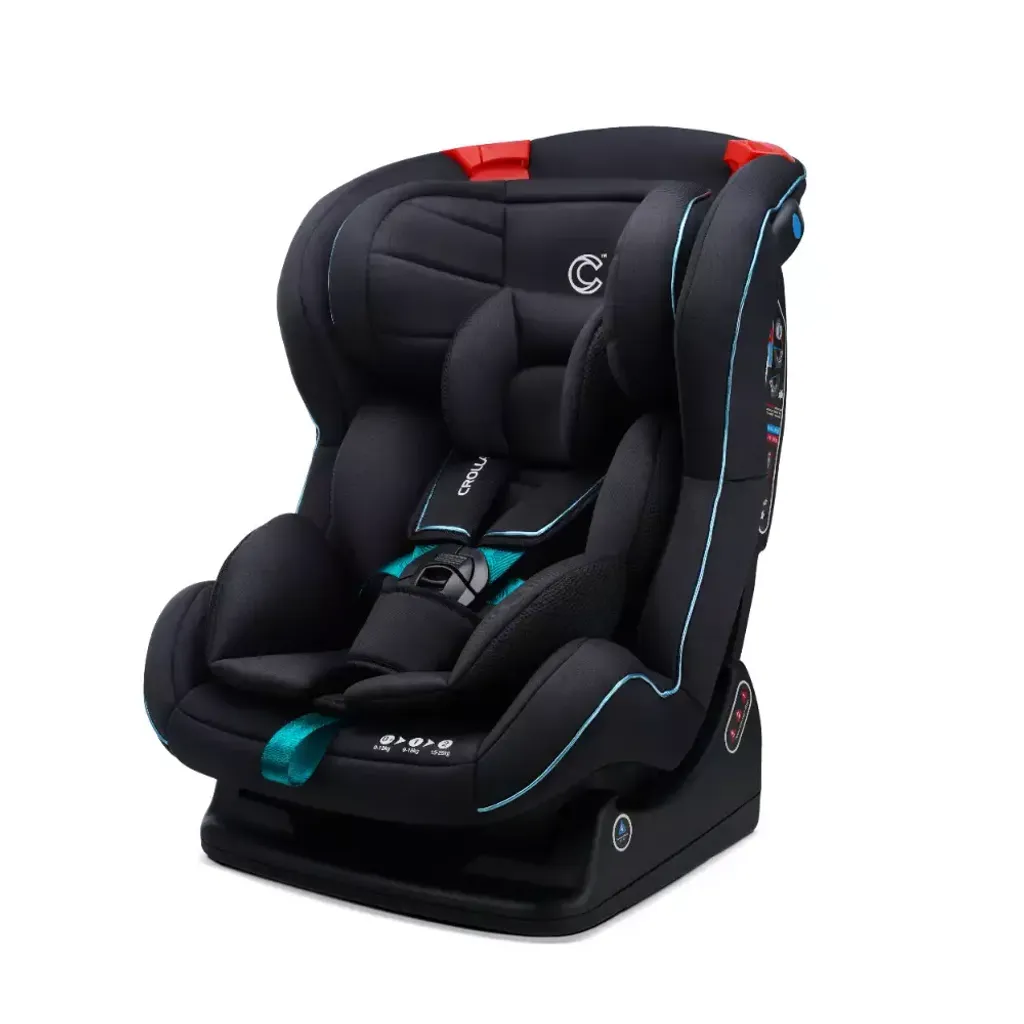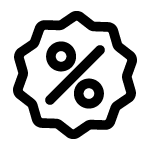
Proper car seat positioning is crucial for the safety and comfort of your child during car rides. Understanding the different positions and ensuring the correct installation can make a significant difference in the event of an accident. Still confused about the correct car seat position? Look no futher. Here’s a comprehensive guide to help you understand car seat positioning and ensure your child is secure and safe.
1) Rear-Facing Position

Age and Weight Recommendations:
The rear-facing position is the safest for infants and toddlers. Expert recommends that children should remain in a rear-facing car seat until they reach the highest weight or height allowed by the car seat manufacturer, which is typically around the age of 2 to 4 years.

Why It’s Important:
In the event of a collision, the rear-facing position distributes the force of impact along the back of the car seat, which supports the child’s head, neck, and spine. This reduces the risk of serious injuries to these vulnerable areas.

Click here for product preview: Quinton Silver Baby Car Seat
Installation Tips:
- Ensure the car seat is installed at the correct recline angle. Most seats have a built-in level indicator to help with this.
- The harness straps should be at or below your child’s shoulders.
- Ensure the car seat is tightly secured using either the vehicle’s seat belt or the ISOFIX system.
2) Forward-Facing Position

Age and Weight Recommendations:
Children can transition to a forward-facing car seat once they outgrow the rear-facing limits of their car seat. This usually occurs between the ages of 2 and 4, or when they reach the maximum height or weight limit for their rear-facing seat.

Why It’s Important:
A forward-facing car seat uses a harness and tether to limit your child’s forward movement during a crash, providing additional protection.

Click here for product preview: Crolla Alpha Baby Car Seat
Installation Tips:
- Use the tether strap, which significantly reduces the forward movement of the car seat in a crash.
- Ensure the harness straps are positioned at or above your child’s shoulders.
- Secure the car seat tightly using either the seat belt or the ISOFIX system, and ensure it doesn’t move more than an inch side-to-side or front-to-back.
3) Booster Seat Position

Age and Weight Recommendations:
Once children exceed the height or weight limits of their forward-facing car seat, typically around 4 to 8 years old, they should transition to a booster seat. A booster seat helps position the vehicle’s seat belt correctly across the child’s chest and lap.

Why It’s Important:
A booster seat raises the child so that the seat belt fits properly: the lap belt should lie flat across the upper thighs, not the stomach, and the shoulder belt should lie across the chest and shoulder, not the neck.

Click here for product preview: Crolla Max Baby Car Seat
Installation Tips:
- Ensure the booster seat is used with a lap and shoulder belt, not just a lap belt.
- Position the shoulder belt across the middle of your child’s chest and shoulder, and the lap belt across the upper thighs.

Ensuring your child is in the right car seat position is vital for their safety. Always follow the car seat manufacturer’s guidelines and check for recalls or safety notices. Regularly inspect the car seat for wear and tear and ensure it is properly installed.
By understanding and implementing these car seat positioning guidelines, you can provide a safer ride for your child and peace of mind for yourself. Remember, a correctly positioned car seat is a key element in protecting your child on every journey.




